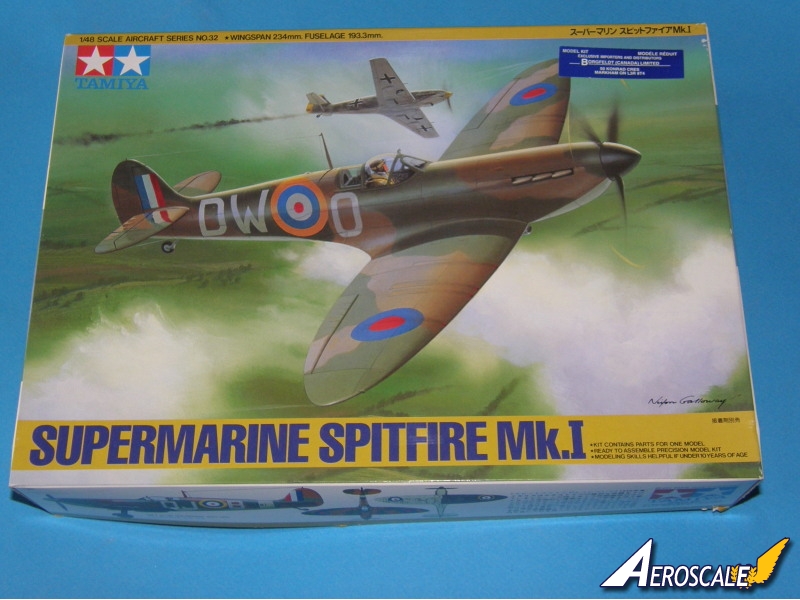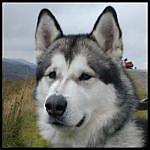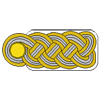Somewhere in Hades, there is (or should be) a former civil servant, who quakes with fear whenever a modeller's soul comes near, since it was he who wrote "bakelite" in the Spitfire repair manual. Seats were never made from bakelite (they couldn't, since the material needs high temperature control and high pressure, which can't be done with something that large); the material was simply known as "plastic," and was a combination of paper, or flax, and resin. The plastic seat (which arrived in May, 1940, not March) was complimentary to the metal seat, and did not replace it, so any airframe could carry either type, right through the war (and beyond.) The Very cartridge rack, on the front of the seat, is fairly unlikely in early Spitfires, since the Very pistol stowage was deleted in September 1937, and it's a bit pointless carrying (explosive) cartridges, with nothing to fire them. Seafires saw the rack, and pistol, reintroduced.
A downward-firing device was fitted from June, 1940, and was moved, to fire upwards, in April, 1941; this is the hole, sometimes covered by a red patch, seen halfway along the Spitfire's spine.
The flash suppressors, sticking out of the leading edges, were deleted, by the introduction of more advanced Brownings, at the start of the war, so only pre-war airframes should have them.
There was no armour, behind the seat, fitted before mid-May 1940; armour, behind the headrest, only appeared in January, 1940.
Somewhere beside the pilot's left knee, Tamiya would have you instal an oblong box; we think that they measured AR213, at a time when she carried a multi-channel modern radio where the map case should be.
The rudder pedals should have only a single crossbar; the second wasn't fitted, by the factory, until 1941, though some pilots, like Stanford Tuck, stole a march, and had them fitted privately during the Battle.
Do not be tempted to fit an oxygen hose in the cockpit; it was actually attached to the pilot's facemask, and plugged into a bayonet fitting in the front right corner of the cockpit. The early system killed several pilots, who baled out, only to find that they were still attached to, and being strangled by, the aircraft.
There were no mirrors factory-fitted until 24-9-40, though pilots are known to have "borrowed" examples from local car dealers.
Aerials were stainless steel, so should not be painted black, and, of course, there were no IFF aerials, from fuselage to tailplane, until the end of 1940.
Further to that (and a murderously difficult modification to the kit,) there were no explosive charges fitted, anywhere, so no firing buttons on the starboard cockpit wall.
Edgar






































